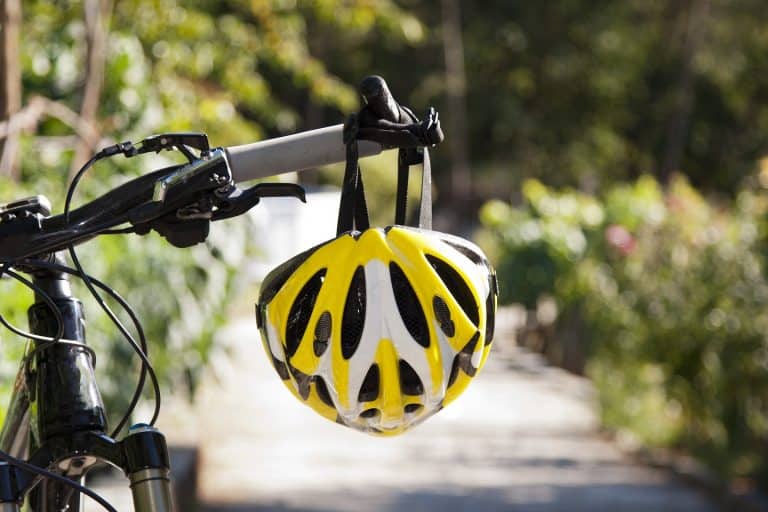Changes to the Highway Code: Will it Make a Difference Legally if You Are Involved in a Road Accident?
Introduction
2015 was an eventful year. The Conservatives won a general election with a majority. Jeremy Clarkson was suspended by the BBC for attacking a colleague over a steak sandwich. The current version of the Highway Code was published on 1st October 2015.
A lot has happened since 2015. Jeremy Clarkson is on Amazon. We’ve swapped Dave for Boris. There has been a global pandemic and we now work from home. More importantly to road users, 2018 saw the publication of the Government’s Cycling and Walking Investment Strategy Review Call for Evidence. This generated a huge response and cemented the fact that we are a nation that has a passion for cycling, walking and horse riding. Following this, priority was given to review the Highway Code to improve safety for cyclists, pedestrians and horse riders. The culmination of the review is the consultation on changes to the Highway Code which opened on 28th July 2020 and closes on 27th October 2020.
The Main Changes Affecting Pedestrians and Cyclists
The consultation document is 67 pages long and proposes 55 changes to rules. This blog focuses on changes that have the largest effect on pedestrians and cyclists on a day to day basis. Below is a summary of these proposed changes:
1. New wording in Introduction
‘The aim of The Highway Code is to promote safety on the road, whilst also supporting a healthy, sustainable and efficient transport system.’
2. New rule H1 – Addition of the concept of ‘Hierarchy of Road Users’
Road users who are most at risk in the event of a collision are at the top of the hierarchy. Road users most likely to be injured are pedestrians, in particular children, older adults and disabled people, followed by cyclists, horse riders and motorcyclists.
3. New rule H2 – Rule for drivers, motorcyclists, horse riders and cyclists
- At a junction you should give way to pedestrians crossing or waiting to cross a road into which or from which you are turning
- You MUST give way to pedestrians on a zebra crossing, and pedestrians and cyclists on a parallel crossing
- You should give way to pedestrians waiting to cross a zebra crossing, and pedestrians and cyclists waiting to cross a parallel crossing
- Pedestrians have priority when on a zebra crossing, on a parallel crossing or at light controlled crossings when they have a green signal
- Cyclists should give way to pedestrians on shared use cycle tracks
- Only pedestrians may use the pavement. This includes people using wheelchairs and mobility scooters.
- Pedestrians may use any part of the road and use cycle tracks as well as the pavement, unless there are signs prohibiting pedestrians
4. New rule H3 – Rule for drivers and motorcyclists
- You should not cut across cyclists going ahead when turning into or out of a junction or changing direction or lane, just as you would not turn across the path of another motor vehicle
5. Addition to rule 163
- When overtaking, give motorcyclists and cyclists as much room as you would when overtaking a car. As a guide:
- Minimum of 1.5m at speeds under 30mph
- Minimum of 2m at speeds over 30mph
6. Addition to rule 186
- You should give priority to cyclists on the roundabout
7. Addition to rule 204
- In any interaction between road users, those who can cause the greatest harm have the greatest responsibility to reduce the danger or threat they pose to others.
Proposed Changes and the Law
Three months after the consultation closes a summary of response and next steps will be published. If the proposed changes are put into effect how would this change the law on civil liability if a pedestrian or cyclist is involved in a road accident with vehicle? The answer is probably not a great deal. For once the law is ahead of the game. If anything it is the Highway Code catching up with the way judges have been dealing with road accidents for years.
Since the case of Eagle v Chambers [2003] it has been recognised a car can do so much more damage to a person, than a person can usually do to a car; this potential destructive disparity can be readily taken into account as an aspect of blameworthiness; and it is rare for a pedestrian to be found more responsible than a driver, unless the pedestrian has moved suddenly into the path of an oncoming vehicle.
Courts have long recognised a hierarchy of road users, with the most vulnerable at the top and placing the greatest responsibility to reduce danger on those who can cause the greatest danger. This is not to say those at the top of the hierarchy are automatically absolved of responsibility. Blame will be apportioned to them, but it is usually in the form of a finding of contributory negligence. This is where the defendant will be found to be primarily to blame and will have to pay compensation; but blame is apportioned to the claimant for contributing to the accident (e.g. not looking before crossing a road) and their compensation will be reduced by a corresponding proportion.
For example in Sedge v Prime [2011] a pedestrian in a shopping street failed to keep a proper lookout before stepping from the pavement onto the road and was hit by a car going at excessive speed. The judge found the car driver primarily to blame because he should have been driving at 10mph on that part of the road; he should have seen the pedestrian and realised there was a risk he would try to cross the road; and he should have sounded his horn. The judge took into account the fact the pedestrian failed to look before crossing and found him to be 25% contributory negligent. Compensation was reduced by a corresponding proportion.
The proposed changes to the Highway Code will very unlikely change how judges deal with who is primarily to blame for road accidents. What may be affected is findings of contributory negligence, when made, maybe lower to reflect new obligations on vehicle users and wider societal recognition that those who can cause more damage should be more responsible.
Should the proposed changes be put into effect?
Yes.
Road accidents are a leading cause of death and serious injury, particularly brain injury. Many of my clients have suffered life changing injuries due to road accidents. The human cost is immeasurable. Coupled with the fact that in the UK since 2010 there has been a plateau in the number of people killed and seriously injured on roads after years of steadily declining numbers (see my separate blog on this), means we need strong action to increase road safety. Such action requires cultural changes to attitudes on road use. We must make it socially unacceptable to take actions which put vulnerable road users at risk of harm. Changing the Highway Code to do this is a great first step.
Hokman Wong is a senior solicitor at Bolt Burdon Kemp specialising in Adult Brain Injury claims. If you feel you may have a claim or are enquiring on behalf of a loved one, contact Hokman free of charge and in confidence at hokmanwong@boltburdonkemp.co.uk. Alternatively, complete this form and one of the solicitors in the Adult Brain Injury team will contact you. Find out more about the Adult Brain Injury team.










